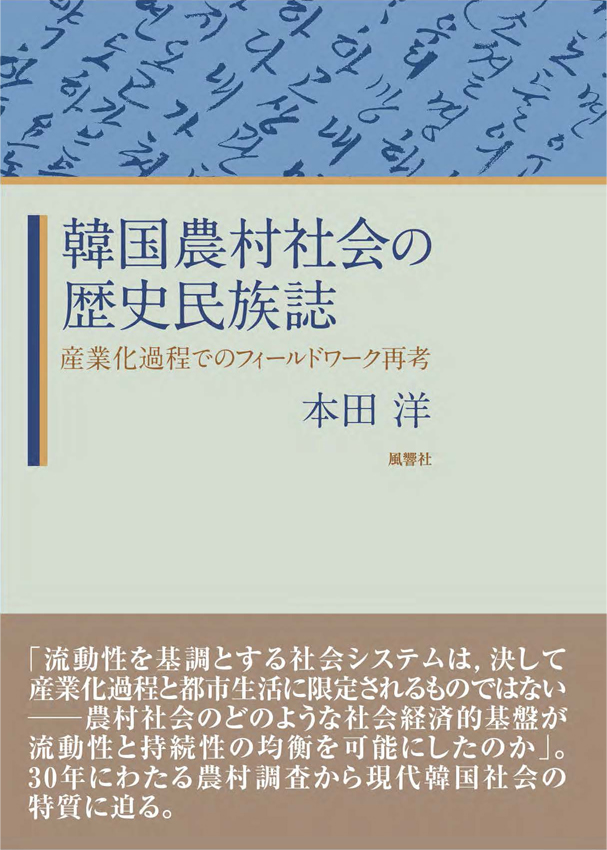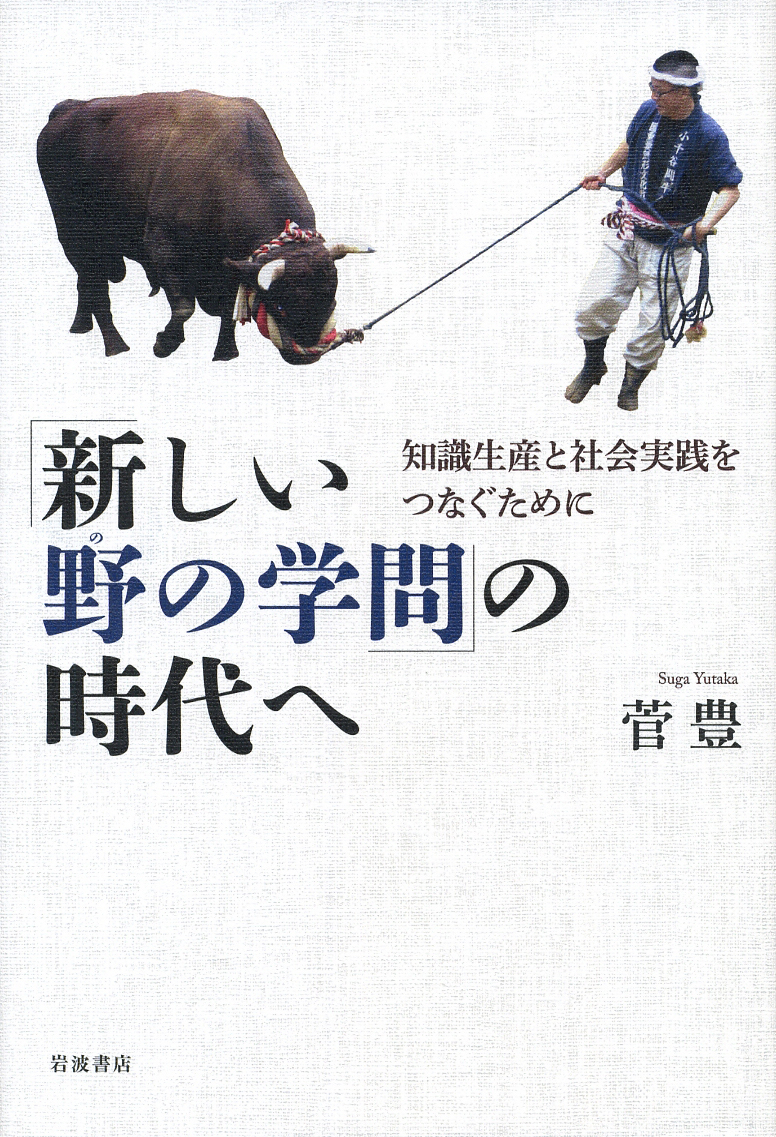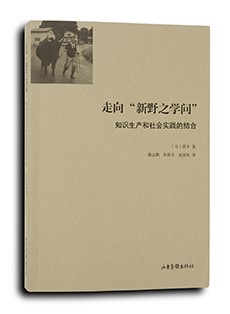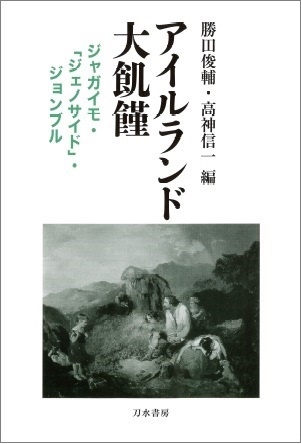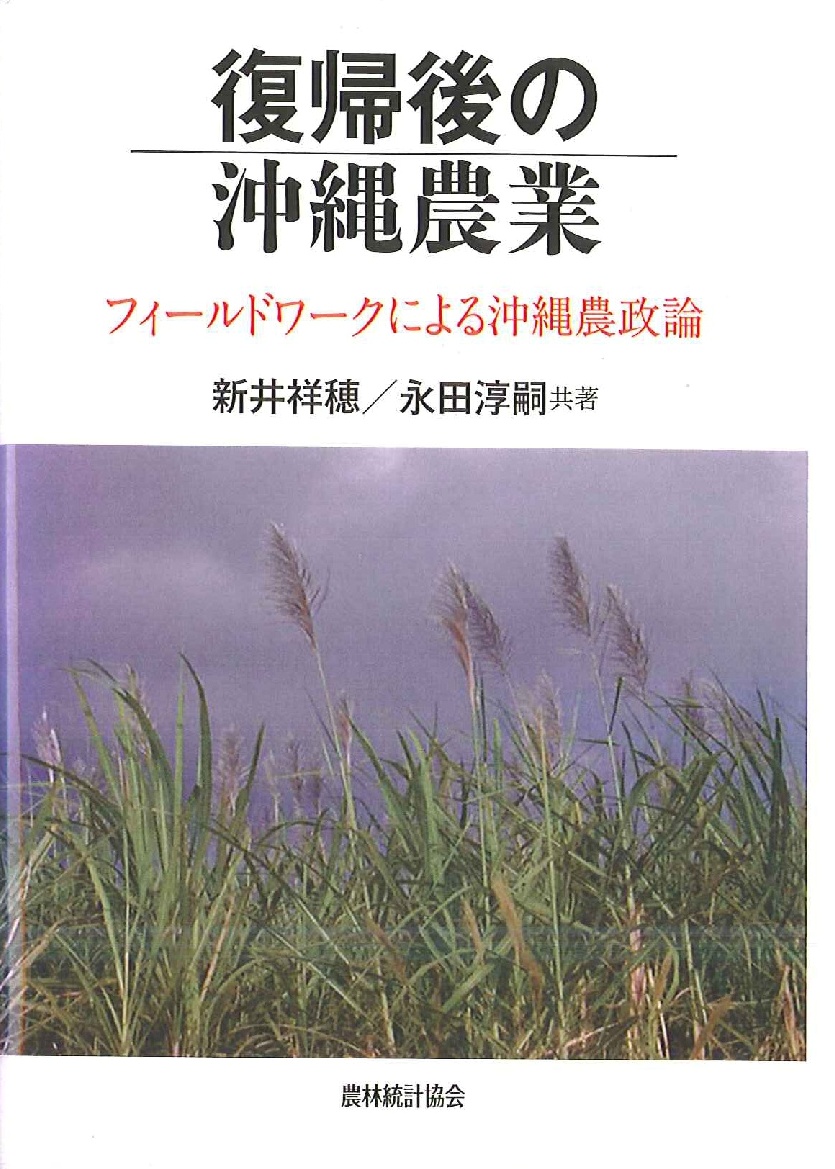
Title
Fukkigo no Okinawa Nogyo (Agriculture in Okinawa: Interaction between policy and farmers under Japanese administration since 1972)
Size
186 pages, A5 format
Language
Japanese
Released
February, 2013
ISBN
978-4-541-03905-7
Published by
Association of Agriculture and Forestry Statistics
Book Info
See Book Availability at Library
Japanese Page
While Okinawa was under American military administration for 27 years following the end of World War II, there was no active policy intervention undertaken in the area of agriculture. Following the reversion of Okinawa to Japanese control in 1972, however, that was reversed and the Japanese government did begin actively carrying out policy interventions. The objectives of that post-reversion Okinawan agricultural policy were higher agricultural income in the short term and a substantive strengthening of Okinawa’s agricultural sector in the medium to long term through structural reforms. Up until the early 1980s, under a policy system that placed priority on price policy, various measures were relatively skillfully combined, labor and capital were invested, and so Okinawan agricultural policy can be seen as having produced certain results in terms of meeting policy objectives. However, from the late 1980s on, under the policy system that emphasized structural policy, it would be difficult to say that the individual measures functioned effectively or that the expected results were forthcoming. In order to analyze the appropriateness of policies and consider the future direction of Okinawan agriculture, it is first imperative that we comprehensively examine the situation occurring on the ground and explore its implications. That was the fundamental standpoint of the authors in this volume.
The approach taken by the authors in the research conducted for this volume was to focus on the processes by which on-site agricultural management has adapted to changes in the policy environment, on various knowledge accumulated as an end result, and on the farmers’ policies and strategies they derive from that, with the aim of offering a logical explanation for the actual situation in terms of the technological choices, management changes, and responses to their work. Under post-reversion Okinawan agricultural policy, particularly under the system from the late 1980s on that stressed structural policy, the greatest priority was on two policy issues: achieving a mechanized regional production system for sugarcane based on the establishment of a mechanized and fully integrated operation system; and achieving across-the-board land improvement (surface improvement and irrigation improvement). With regard to the mechanized harvesting of sugarcane, which is a staple crop in Okinawa, the analysis done in this volume clearly shows the fact that there was a greater impact than expected from the ecology of Okinawa, particularly the long winter rainy season, on lowering the efficiency of the harvest, and so young and prime-age farmers trying to actively make a living from sugarcane tended to avoid mechanized harvesting. As for Okinawa’s land improvement program, the analysis revealed that the basic economic premise of undertaking land improvement—i.e., improving the productivity of the land through irrigation improvements and surface improvements—was not self-evident, and this created a cautious attitude toward the introduction of the program. This volume reexamines these two policy issues that formed the core of post-reversion Okinawan agricultural policy and proposes ways to amend them.
While this book focuses on Okinawan agricultural policy and the state of agriculture in Okinawa, many elements of the essential structural issues revealed in this work are common to Japanese agriculture as a whole. In addition, I believe that the approach taken in this volume, which thoroughly explores the reality on site based on fieldwork combined with statistical data in order to draw out policy recommendations, offers a number of useful suggestions for various efforts to bridge the gap between public policy and the reality on the ground.
(Written by NAGATA Junji, Associate Professor, Graduate School of Arts and Sciences / 2017)



 Find a book
Find a book


